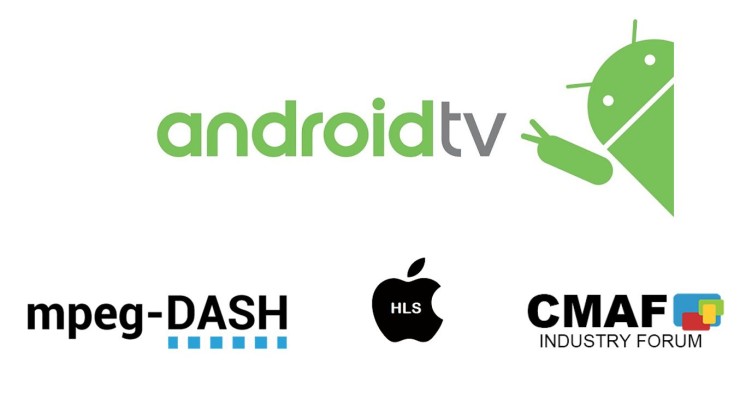Keywords:
- Android TV, Play Store, Set-top-box, Super Aggregator, TCO;
- ABR, mABR, HLS, DASH, CMAF, DRM, CDN, Latency, CMCD, VMAF, Deep Caching, Open Caching, MEC;
- DAI, CSAI, SSAI, Stream Stitching, Ad Inventory, CTV;
- Hybrid Delivery, DVB-I, Operator App, Multiscreen, AI, EPG/Start-over/Catch-up.
The TV set-top-box is a strategic asset for Telcos, cable MSOs, and Pay TV operators: they provide their subscribers with access to a world of media and entertainment content under their brand’s umbrella. By adopting Android TV, they keep their curated universe of content (their walled garden), but they choose to let users navigate the open world of content found on the Google Play Store. Most Telcos and Pay-TV operators who have chosen to do so, are satisfied with their decision, though it was not easy to let these third-party OTT services reach their TV set-top box. However, the situation is now very open by nature, because users are already using these OTT services on their mobile devices. Most TVs in living rooms are Smart TVs, and OTT video dongles are cheap and very successful (e.g., Fire TV, Roku, Chromecast, etc.). Openness keeps viewers happy with their primary TV access device. It unlocks new business opportunities for a Super Aggregator strategy, where the subscription and payment journey on third-party apps such as Netflix is controlled by the operator using carrier billing, enhancing trust and reducing friction (no credit card details to provide). By adopting Android TV, Telcos, cable MSOs and Pay-TV operators also reduce their total cost of ownership, relying on Google to provide R&D efforts for the underlying software platform maintenance and roadmap on the TV device side.
